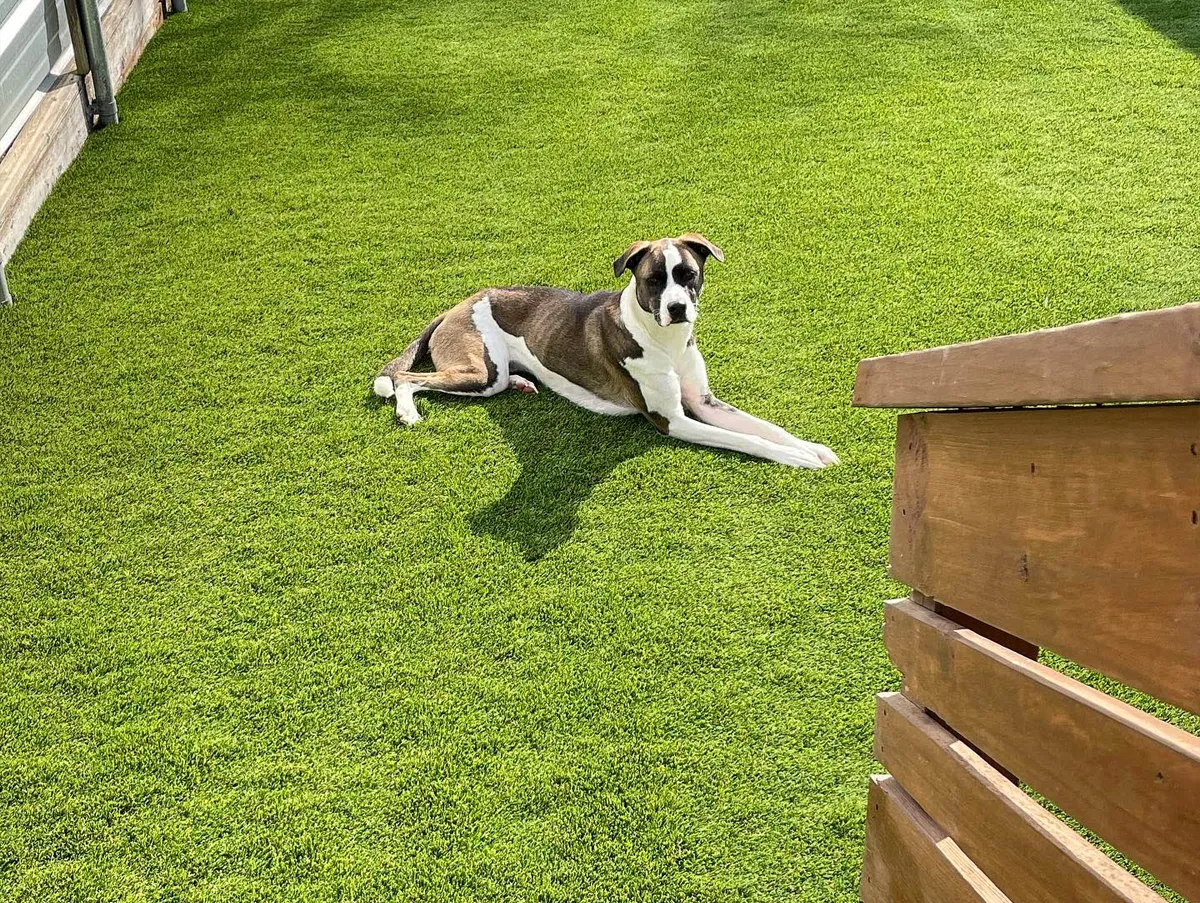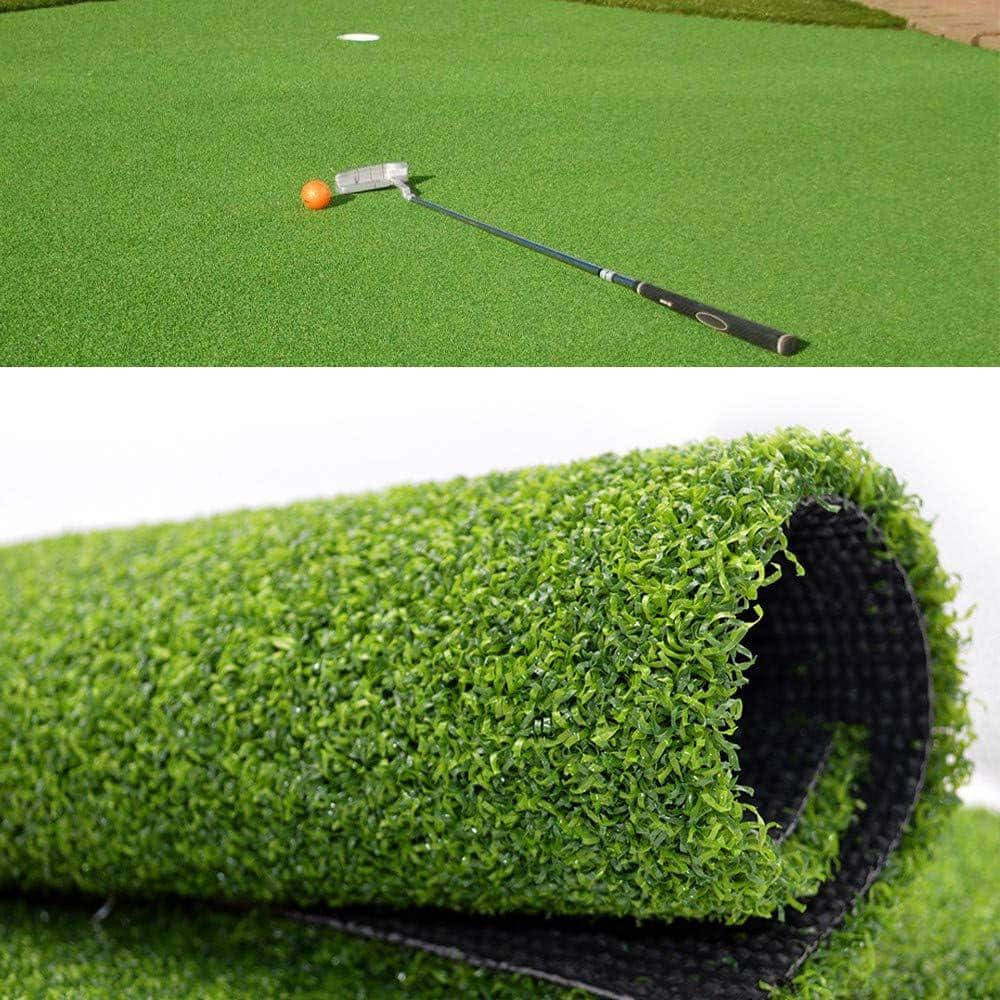Sustainable Arizona Artificial Turf for a All-Season Lush Green Lawn
Sustainable Arizona Artificial Turf for a All-Season Lush Green Lawn
Blog Article
Delve Into the Environmental Conveniences of Opting for Synthetic Grass Solutions
The fostering of man-made grass remedies presents a compelling chance to attend to pressing environmental difficulties. By considerably minimizing water use and minimizing the application of harmful chemicals, these options not only promote lasting landscaping yet also protect neighborhood communities.
Water Preservation Advantages
One of the most substantial benefits of man-made grass is its ability to preserve water. In contrast, artificial lawn does not need watering, substantially lowering the overall demand for water sources.
By eliminating the need for normal watering, synthetic grass contributes to sustainable landscape techniques and assists mitigate the ecological influence of too much water consumption. Additionally, the preservation of water expands to the decrease of overflow, which can cause soil disintegration and waterway contamination.
In addition, the installment of fabricated turf enables house owners and towns to assign water resources more effectively, focusing on vital uses such as alcohol consumption water and agriculture. The change in the direction of artificial turf not just advertises responsible water use but likewise lines up with wider ecological goals intended at preserving all-natural resources.
As communities increasingly focus on sustainability, the water preservation advantages of synthetic grass provide an engaging instance for its fostering in domestic and industrial landscaping tasks.
Reduced Chemical Usage
The shift to synthetic grass considerably decreases the dependence on chemical therapies typically made use of in natural grass maintenance. Traditional grass monitoring usually involves the application of herbicides, pesticides, and fertilizers to promote development and control parasites. These chemicals can position threats to human health, regional wildlife, and the environment, adding to soil and water contamination.
On the other hand, synthetic grass eliminates the demand for these hazardous materials. When set up, it requires minimal maintenance, primarily containing normal cleaning and irregular infill replenishment. This decrease in chemical use not just benefits the prompt atmosphere however also adds to broader eco-friendly stability. By lessening the launch of synthetic compounds right into the community, synthetic grass promotes much healthier dirt and water supply.
Additionally, the absence of chemical drainage related to synthetic grass installments helps secure regional waterways from pollution, sustaining water life and preserving biodiversity. Turf installation phoenix az. As areas increasingly focus on sustainable methods, deciding for fabricated grass provides a sensible remedy that lines up with environmental conservation objectives. Through this change, building owners can delight in lavish eco-friendly spaces without endangering eco-friendly health, leading the way for a much more lasting future
Lower Carbon Footprint

Moreover, the installation of synthetic grass can lead to considerable water preservation. All-natural yards need considerable amounts of water for irrigation, which not just adds to the carbon impact connected with water removal and treatment yet also stress local water resources. In comparison, man-made grass requires marginal maintenance, requiring no watering, thus dramatically lowering water use and its associated power prices.
Furthermore, the long life of synthetic grass adds to its reduced carbon effect. With a lifespan of up to 15 years or more, the demand for constant replacements is reduced, causing much less waste and lower energy usage in production and getting rid of standard turf options. Generally, synthetic grass presents a lasting choice for eco mindful landscape design.
Habitat Conservation
Environment conservation is an important factor to consider in the argument over landscape design options, specifically when comparing synthetic grass to natural turf. Natural lawn yards often need comprehensive upkeep, consisting of using pesticides, herbicides, and fertilizers, which can adversely influence neighborhood communities. These chemicals can leach into the soil and waterways, damaging indigenous vegetation and fauna and interfering with regional habitats.
On the other hand, man-made lawn offers a possibility to decrease the ecological blog here impact of landscape design. By choosing artificial turf, home owners can reduce the disturbance of all-natural environments connected with standard yard care methods. Synthetic grass gets rid of the demand for hazardous chemicals, thereby securing nearby wild animals and preserving the integrity of surrounding ecological communities. Additionally, the installation of synthetic grass can lead to the conversion of former turf locations right into even more biodiverse landscapes, such as pollinator gardens or native plant areas, which can support local wildlife.
Inevitably, the transition to synthetic grass not just conserves water and lowers upkeep initiatives however additionally cultivates an extra unified relationship in between human activities and the native environment, promoting habitat conservation in the procedure.
Long-Term Sustainability
Lasting sustainability is an essential consider evaluating the benefits of man-made turf over typical lawn yards. Among one of the most significant benefits of man-made grass is its sturdiness; it can last up to 15-20 years with very little maintenance, whereas all-natural turf needs constant reseeding and replacement. This longevity decreases the requirement for consistent resources, such as water, fertilizers, and pesticides, which are crucial for preserving a healthy and balanced yard lawn.
Furthermore, artificial lawn adds to a reduction in carbon discharges associated with yard treatment devices. Standard lawns usually need gas-powered lawn mowers, leaners, and blowers, every one of which add to air contamination. Arizona artificial turf. In comparison, artificial turf eliminates the need for such devices, promoting a cleaner atmosphere
Furthermore, the manufacturing of man-made turf increasingly utilizes recycled products, boosting its sustainability account. As manufacturers take on environment-friendly techniques, the environmental impact of synthetic grass remains to diminish.

Conclusion
The fostering of synthetic grass remedies presents considerable ecological benefits, including significant water preservation, lowered reliance on damaging chemicals, and a lower carbon impact. Additionally, synthetic grass aids in maintaining all-natural habitats by reducing land disruption and advertising long-lasting sustainability with using durable products. Jointly, these aspects underscore the capacity of fabricated turf to contribute favorably to ecological health and wellness and supply a viable alternative to traditional landscaping practices in an increasingly resource-conscious globe.
In comparison, synthetic lawn does not need watering, significantly reducing the total need for water resources. By reducing the release of artificial compounds right into the environment, artificial lawn he said promotes much healthier dirt and water systems.
In addition, the installment of man-made turf can result in considerable water conservation. In comparison, synthetic turf requires very little maintenance, requiring no watering, therefore dramatically lowering water usage and its linked energy costs.

Report this page